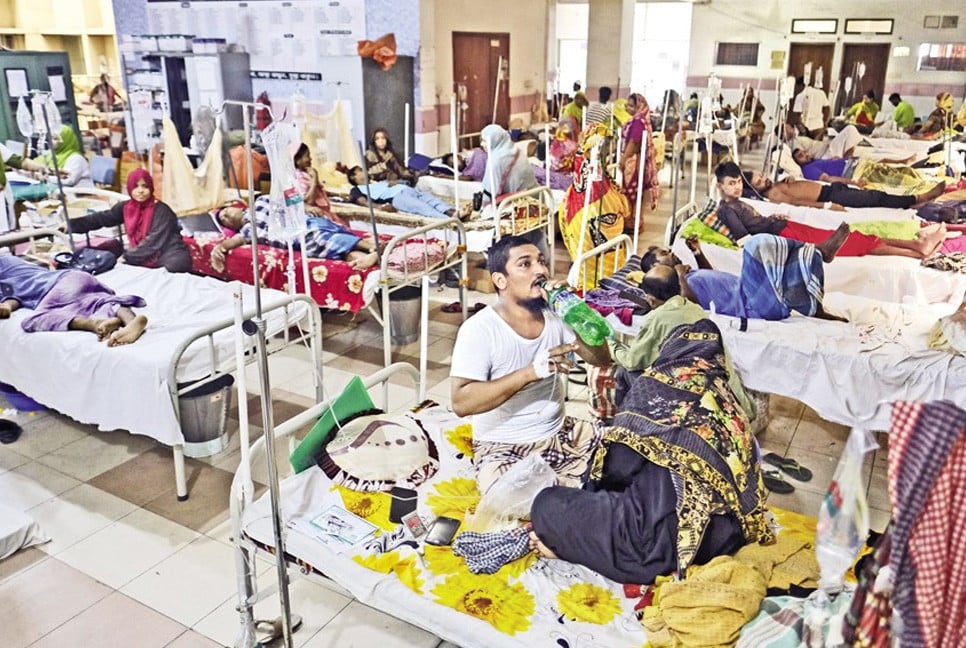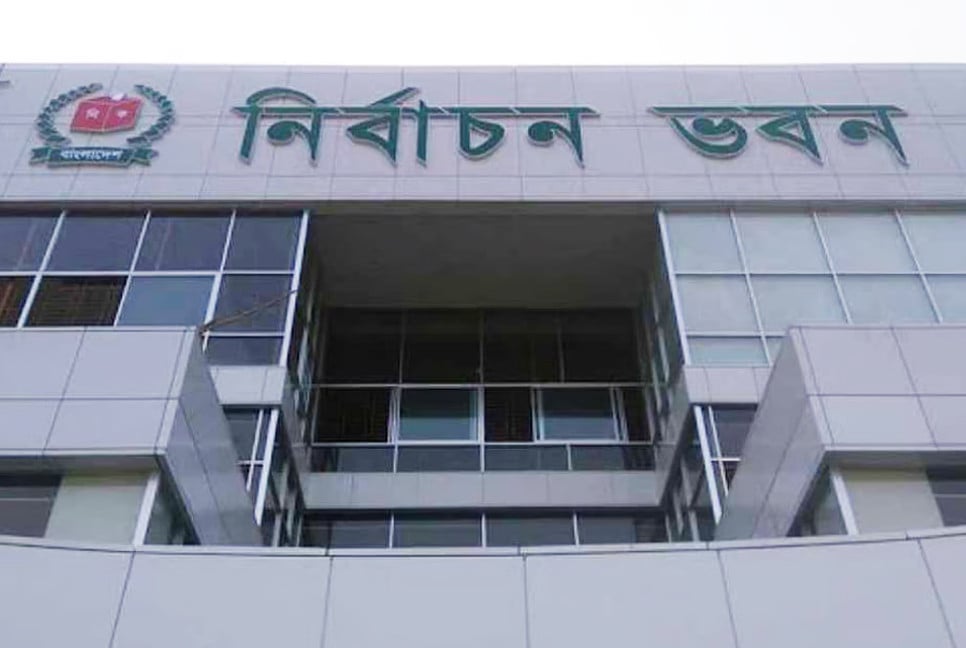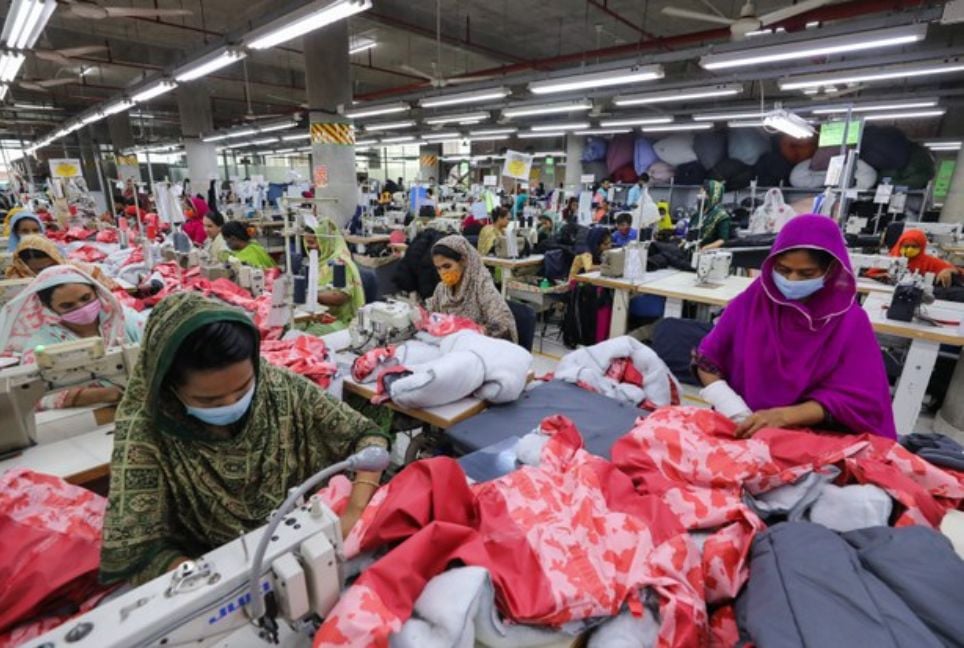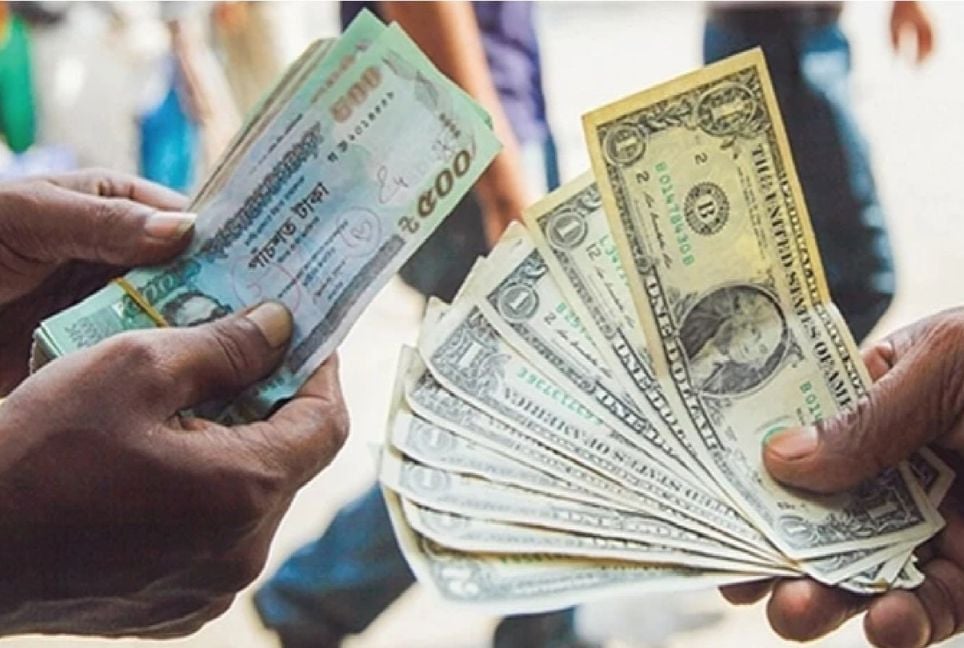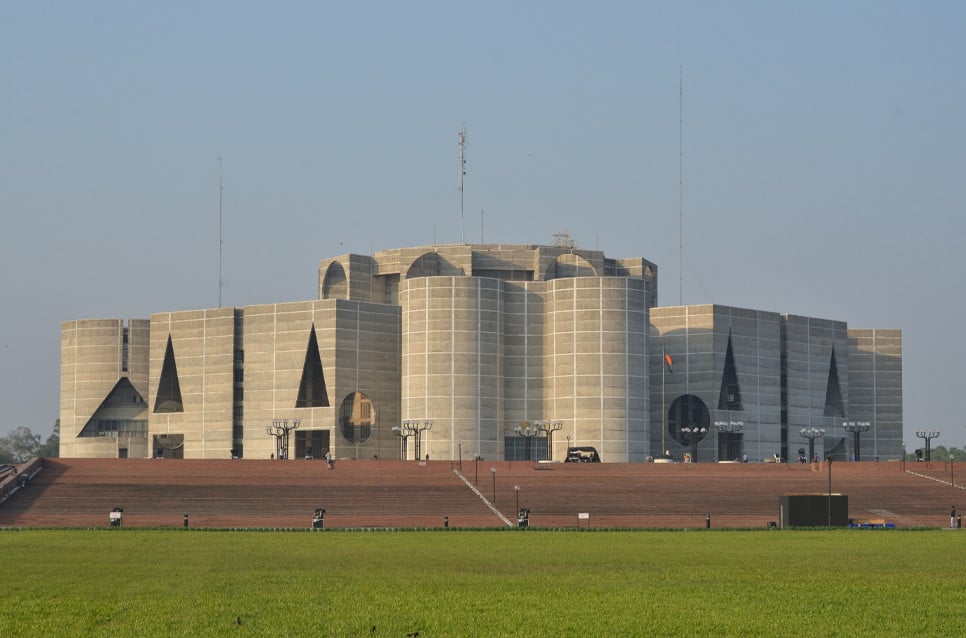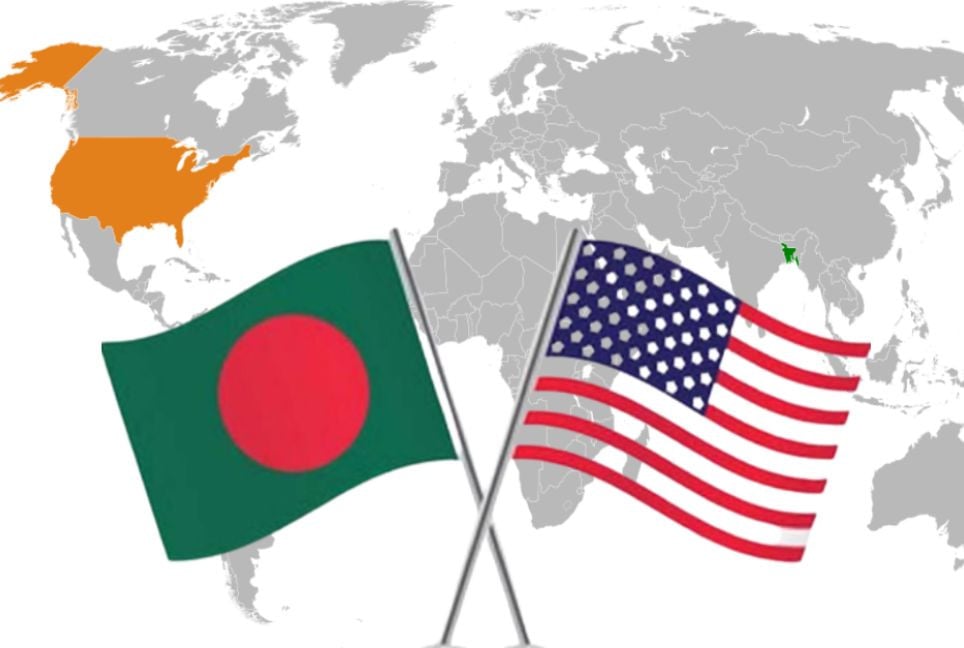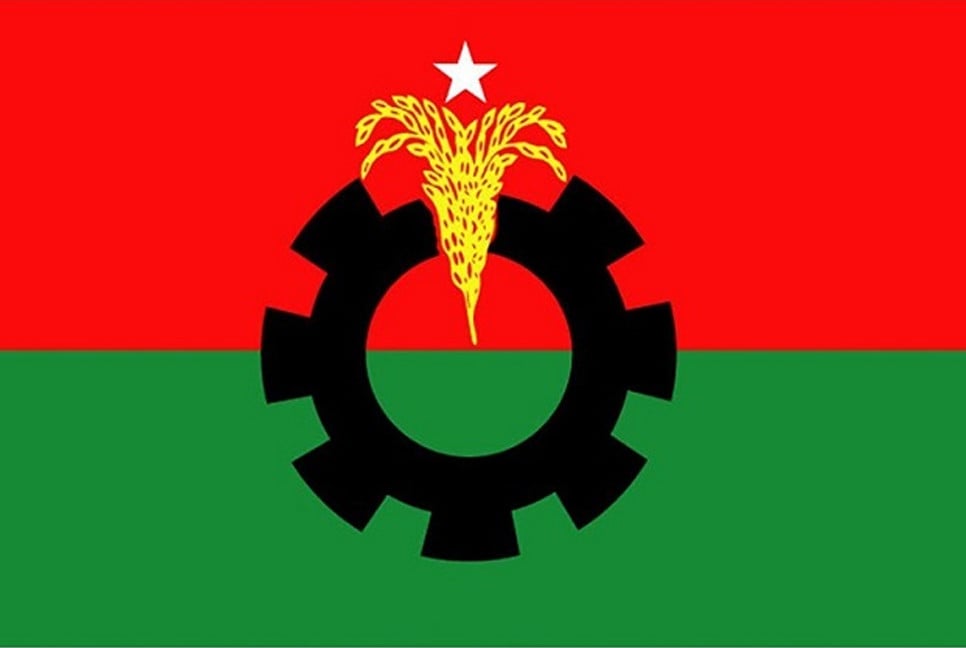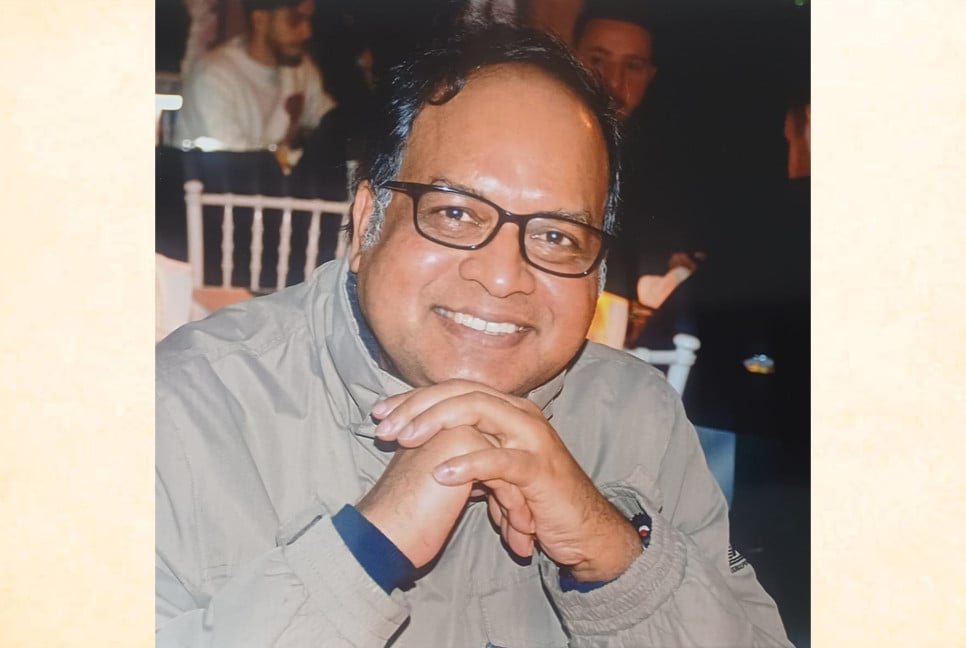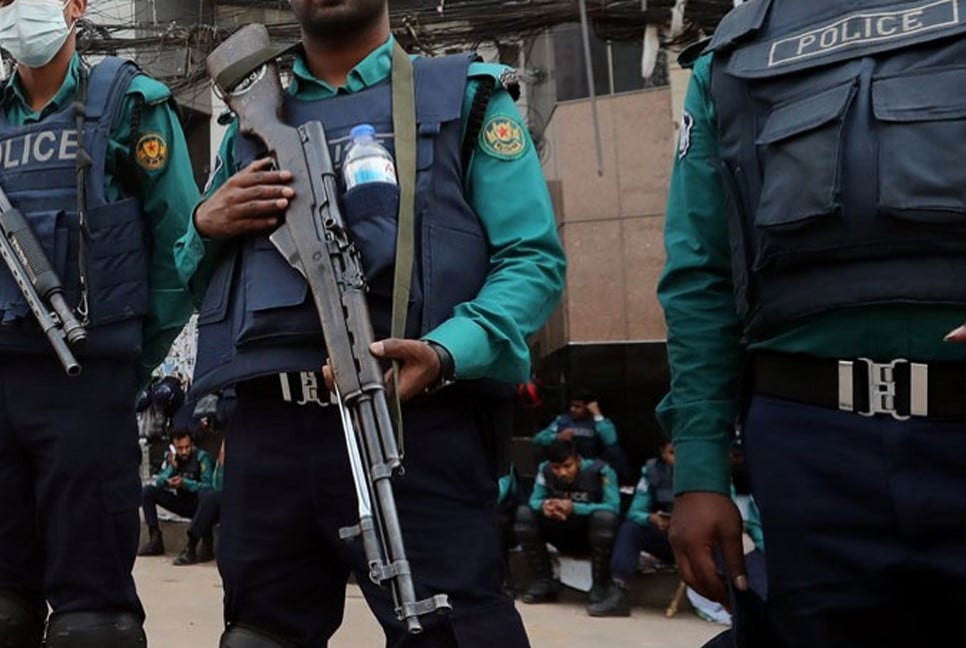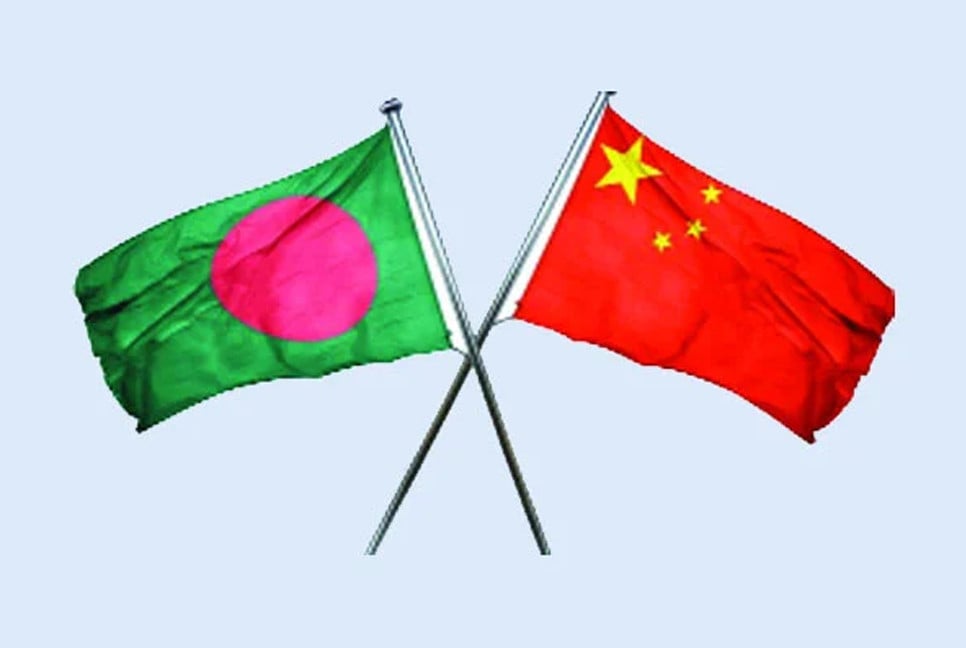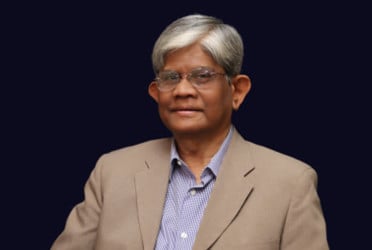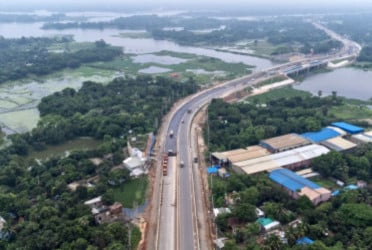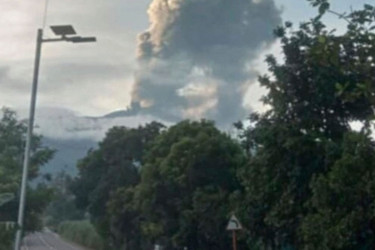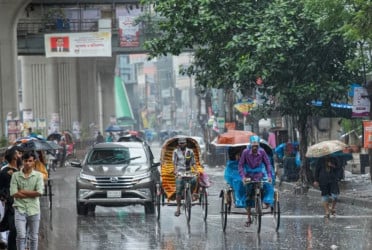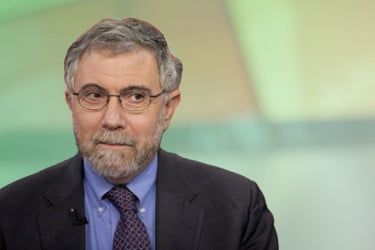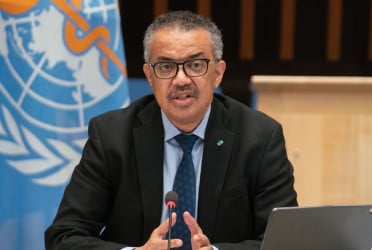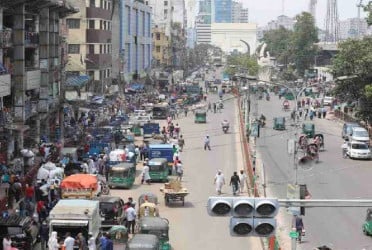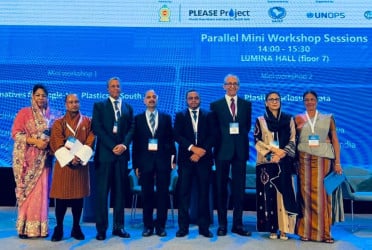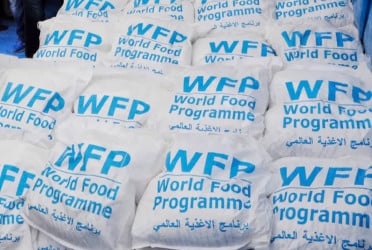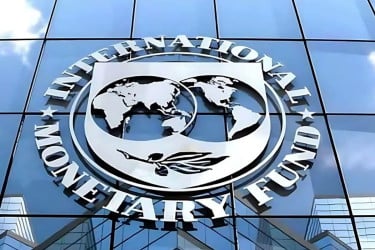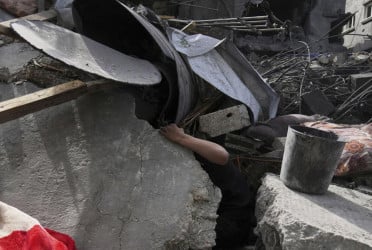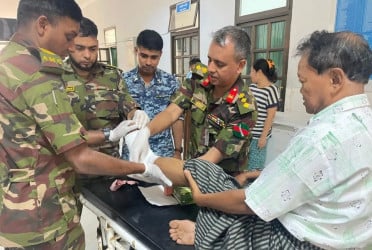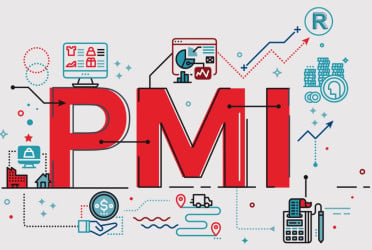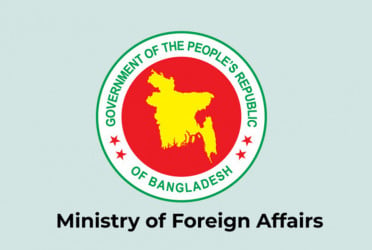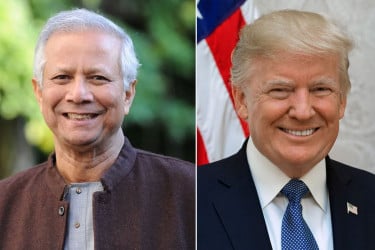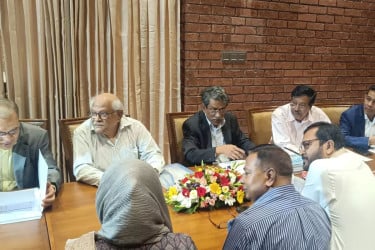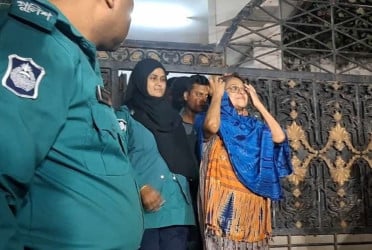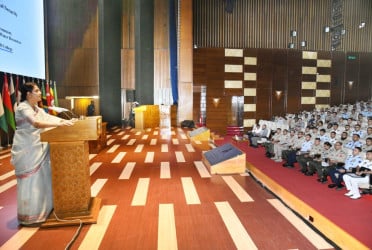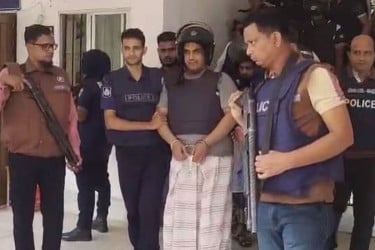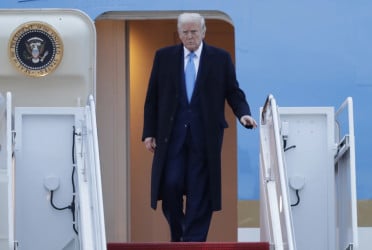Foyez Uddin (55) works at a private organization in the capital to make 18,000 taka monthly. His son, Shihab Uddin (31) is undergoing Brain Tumor treatment at Neuroscience Hospital in Dhaka’s Agargaon.
Foyez Uddin said: “His son has health complications along with the Brain Tumor, and fro treatment five lakh taka is needed.”
He spent his deposits in the first phase of son’s treatment- testing and visiting to doctors. And he has borrowed three lakhs taka for son’s treatment as he can’t afford treatment with his earnings.
He doesn’t know how he will pay back the borrowed money as it is hard to keep body and soul together with his salary.
Like Foyez Uddin, there are thousands of people who are falling deeper into debt trying to bear the cost of medical treatment.
A recent research Bangladesh Institute of Development Studies (BIDS) reveals that every year 61 lakh people in the country fall below poverty level due to medical expenses.
The highest costs are incurred for medicines. Patients are losing everything to treatments for cancer, heart disease, liver, and kidney ailments. The trust issue in the country’s healthcare system remains unresolved. Government Hospitals suffer from mismanagement, resource shortages, and technological limitations. Meanwhile, the private sector faces issues of mistrust and fraudulent practices.
As a result, those who can afford are flying to Bangkok or Singapore for treatment.
During emergencies, including heart attack or stroke, patients across the country often have to be rushed to Dhaka, as there are a lack in comprehensive healthcare systems outside the capital.
Despite government and donor organizations funded large-scale projects, corruptions and mismanagements left the sector unchanged.
Private hospitals often exploit patients by charging exorbitant fees for tests due to the absence of regulated pricing. The lack of standardized hospital categories and fixed price lists enables arbitrary charges for operations and bed rentals, leaving patients vulnerable.
According to Directorate General of Health Services (DGHS) information, “Some 750 government funded health facilities- Medical College Hospitals, Specialized Institute and Hospitals, District Hospitals and Upazila Health Center- are available in the country.” Apart from this, there are several other healthcare facilities available in the country.
The number of registered private hospitals and clinics in Bangladesh is approximately 5,000. The total number of hospital beds in both public and private sectors exceeds 167,000, of which around 95,000 are in the private sector. Additionally, there are about 10,000 private diagnostic centers and 180 blood banks in operation.
Researchers stressed that it is impossible to reduce healthcare costs without health insurance.
As time passes, the incidence of diseases and the medical are increasing. To understand the ongoing situation regarding medical expenses, the BIDS analyzed the data of over 14,000 patients and their families.
In July, BIDS presented the findings of the “Impact of Catastrophic Health Expenditure and Poverty in Bangladesh: Data from the 2022 Household Income-Expenditure Survey.”
According to the research, “3.7% of the population has fallen below the poverty line due to healthcare expenses.” This means, around 20% of the poor people in the country at the time became impoverished due to healthcare costs. The increase in medical expenses is the main reason behind it.
In 1997, the proportion of medical expenses borne by individuals was 55.9%, which rose to 68.5% in 2020 and reached 73% in 2021. According to the Global Health Expenditure Database, in Bangladesh, individuals bear 73% of the total healthcare costs, while the government covers only 27%. Among South Asian countries, only Afghanistan has a higher personal healthcare expenditure compared to Bangladesh, with 77.2% of every 100 taka spent on health coming from individuals’ pockets.
BIDS health economy researcher Dr Abdur Razzaq said: “The monthly expenses for patients who regularly receive healthcare are approximately 3,500 taka. The highest monthly expense is for cancer patients, with an average of 19,000 taka. For heart disease patients, the expense exceeds 8,000 taka.”
He said that mostly the pocket is emptied by the cost of medicines. More than half of the total healthcare expenses go towards purchasing medicines. Next are the costs for diagnosis and doctor’s fees.
A study by the health economics unit has shown that a patient has to spend 68.50% of the treatment costs from their own pocket. The highest expenditure, 64%, is on medicines. After that, 23% is spent on inpatient and outpatient services at hospitals, and 8% is spent on tests and investigations. Due to the increasing out-of-pocket expenses, 16.4% of patients are unable to receive treatment even though it is necessary. In 2012, the percentage of expenses paid by patients from their own pockets was 64%.
Dr Syed Abdul Hamid of Dhaka University’s Health Economics Department said: “There is a crisis of trust in the country’s healthcare sector. As the treatment cost is high, patients face immense hardships while seeking care.” He added that treatment is mainly centralized in Dhaka.
He said: “Effective services must be ensured in government hospitals. The prices and quality of services in private hospitals must be determined and displayed. Prices should be set for private hospitals based on their categories. Patients should be able to receive services according to their financial capacity. Diagnostic services must have fixed prices, and their quality must be ensured. Prescription audits must be implemented. Diagnostic services in government hospitals should be strengthened. A referral system must be established in treatment. Brokers and foreign agents in hospitals must be eradicated.”
Translated by Afsar Munna

